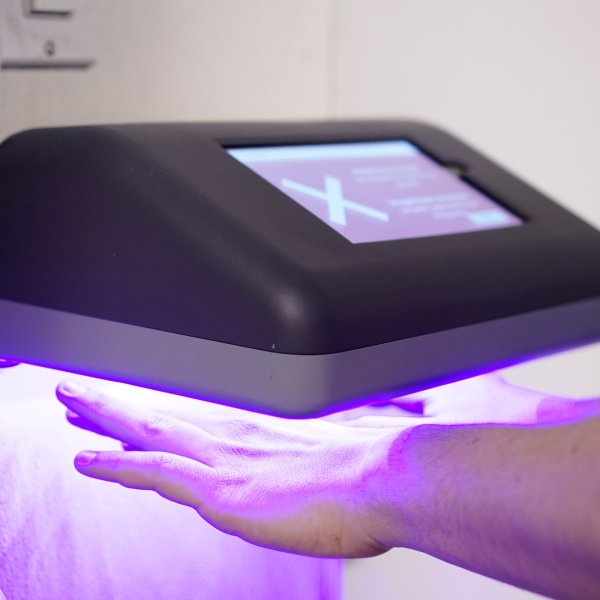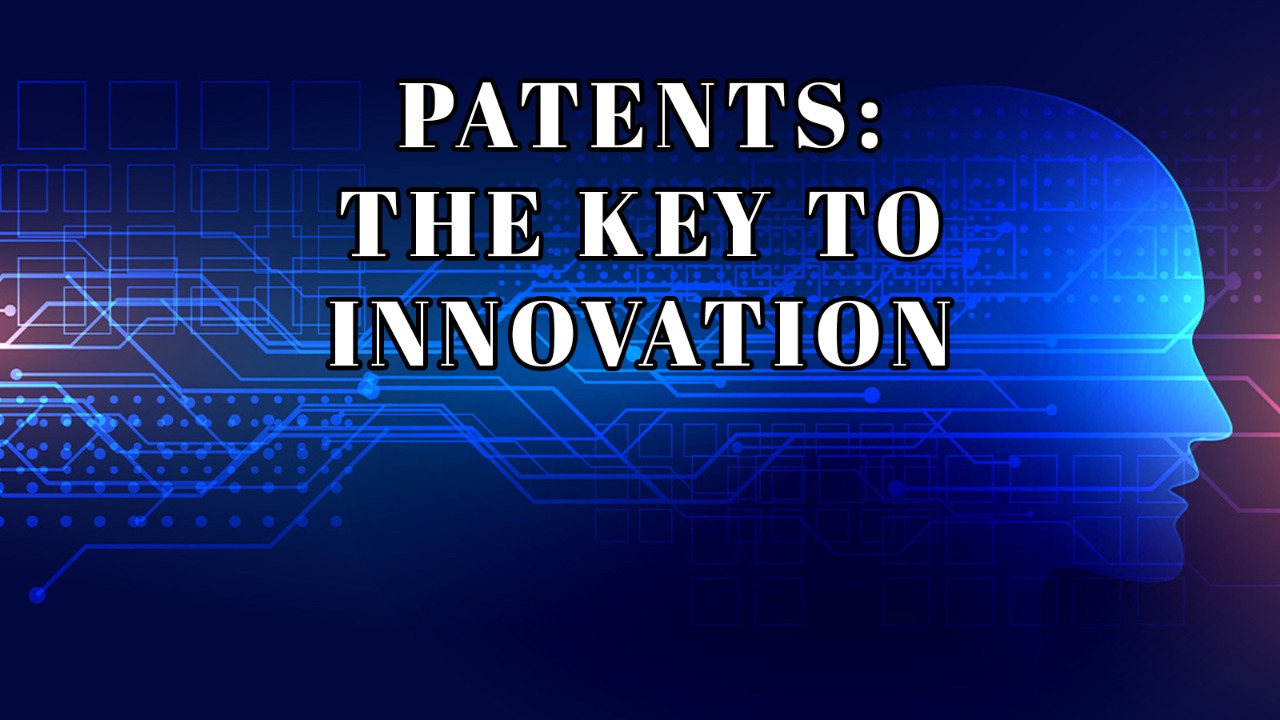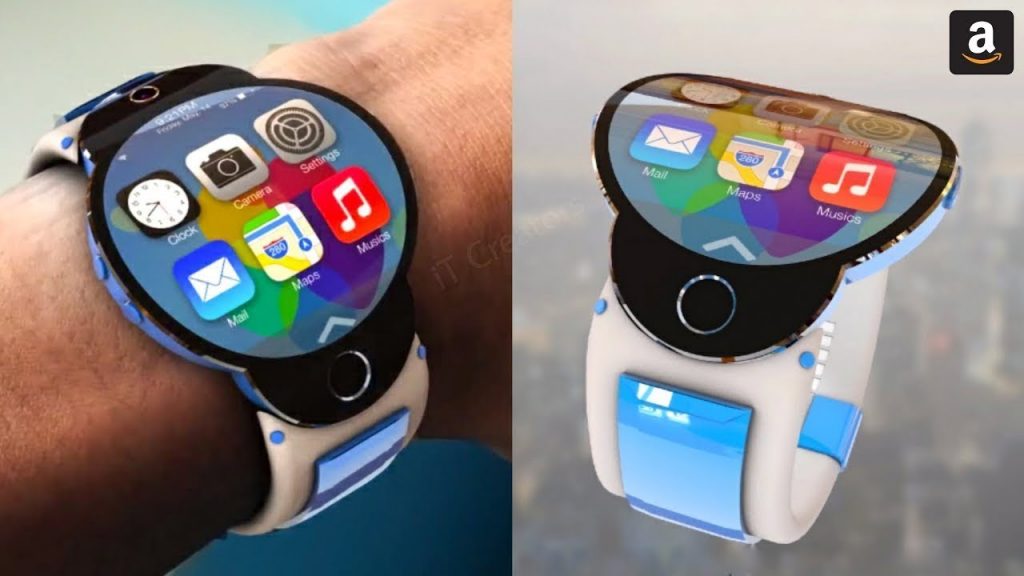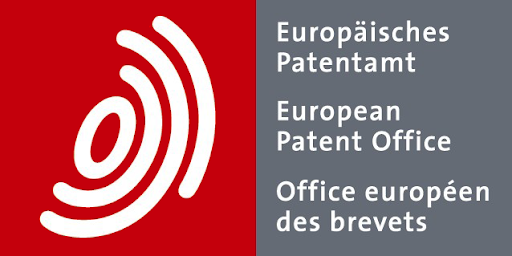An Invention, by definition is an outcome, unique and novel, which has not been seen before. On the other hand, an Innovation is something that improves an existing product, process or service. An Invention, will provide you with a brand-new solution to your technical problems. On the other hand, an Innovation is crucial to the development and deployment of technologies. Usually, an Innovation is done on an existing Invention, which is why we say, Invention is the bedrock of Innovation. Throughout the past few decades, the world has seen the rise of remarkable Inventions and well as Innovations, mostly in field of Technology.

The Life Cycle of Technologies refers to the stages through which any technology is developed and implemented. It can have various stages from Research and Development (RD), Invention and Market Development, to Commercial Diffusion. Different processes occur at each of these stages, providing various opportunities to employ instruments that promote Invention and Innovation. When a new technology comes into the market, society as a whole stand to benefit – both directly, because it may enable us to do something that was previously not possible, and indirectly, in terms of the economic opportunities (business development and employment) that can flow from it.

What is a Patent? A Patent is the granting of a property right by a sovereign authority to an inventor for an outstanding and useful invention. This grant provides the inventor exclusive rights to the patented process, design, or invention for a designated period, in exchange for a comprehensive disclosure of the invention.
Patents can play a prominent role in the entire Life Cycle of Technologies, from initial Research and Development to Market Introduction, and allow competitive technologies to be protected and licensed to third parties to expand financial opportunities. This is because an individual or company that holds a patent has the right to prevent others from making, selling, retailing or importing that technology. This creates opportunities for inventors to sell, trade or license their patented technologies with others who may want to use them.
Since it gives inventors certain exclusive rights over their creations; it aims to encourage creative innovation, by offering inventors an opportunity to derive fair returns from their investments. Fair enough, would you ever try to develop something new if it was readily and freely available to you? But if you had to pay to access those technologies, and also see the rewards given to newly developed technologies, you might also want to develop one of your own. This has become of the biggest incentives and motivations to drive Inventions and Innovations among people. As a result, these Inventions are seen to have benefited society immensely, in activities of various industries and Economies. Moreover, the revenues generated from commercially successful patent-protected technologies make it possible to finance further Technological Research and Development (R&D), thereby improving the chances of even better technologies becoming available in the future.

We stated earlier that when a patent is being granted for a particular Invention, the owner has to provide the authorities a comprehensive disclosure of the invention. This Patent information provides a lot of valuable insights about Technology Inventions and Innovations in general. These include, which countries and innovators are active in inventing technologies, which countries are the potential markets, where technologies need to be protected, the trends of technology developments in certain technology fields over time, and the trends of technology transfers from one country to another. This information can be mapped, offering policy makers useful insights about these Technologys’ Life Cycles. It doesn’t stop there! All this information can be made publicly, available for all potential inventors to access, making the pool of resources and information wider and wider as inventions grow. This has become one of the most useful tools in shaping policy and regulatory environments that allow future innovations to thrive.
This means that, in addition to recognizing and rewarding inventors for their commercially successful technologies, patents also tell the world about inventions. The technical information and business intelligence generated by the patenting process can spark new ideas and promote new inventions from which we can all benefit, and which may, in turn, qualify for patent protection. And as we know, with each new patent comes knowledge, which keeps expanding.
There are numerous sites such as Google patents, Espacenet which give access to millions of patent documents and applications from patent offices and global forums around the world, which enables innovation and creativity for the benefit of all. The aim of making this information widely available is to scintillate new ideas and promote more innovation, and also to help narrow the knowledge gap which exists in least developed countries and developing countries like Sri Lanka.
Written by: Rtr. Gowthman Jagetheesan
Edited by: Rtr. Kalani Siriwardena


